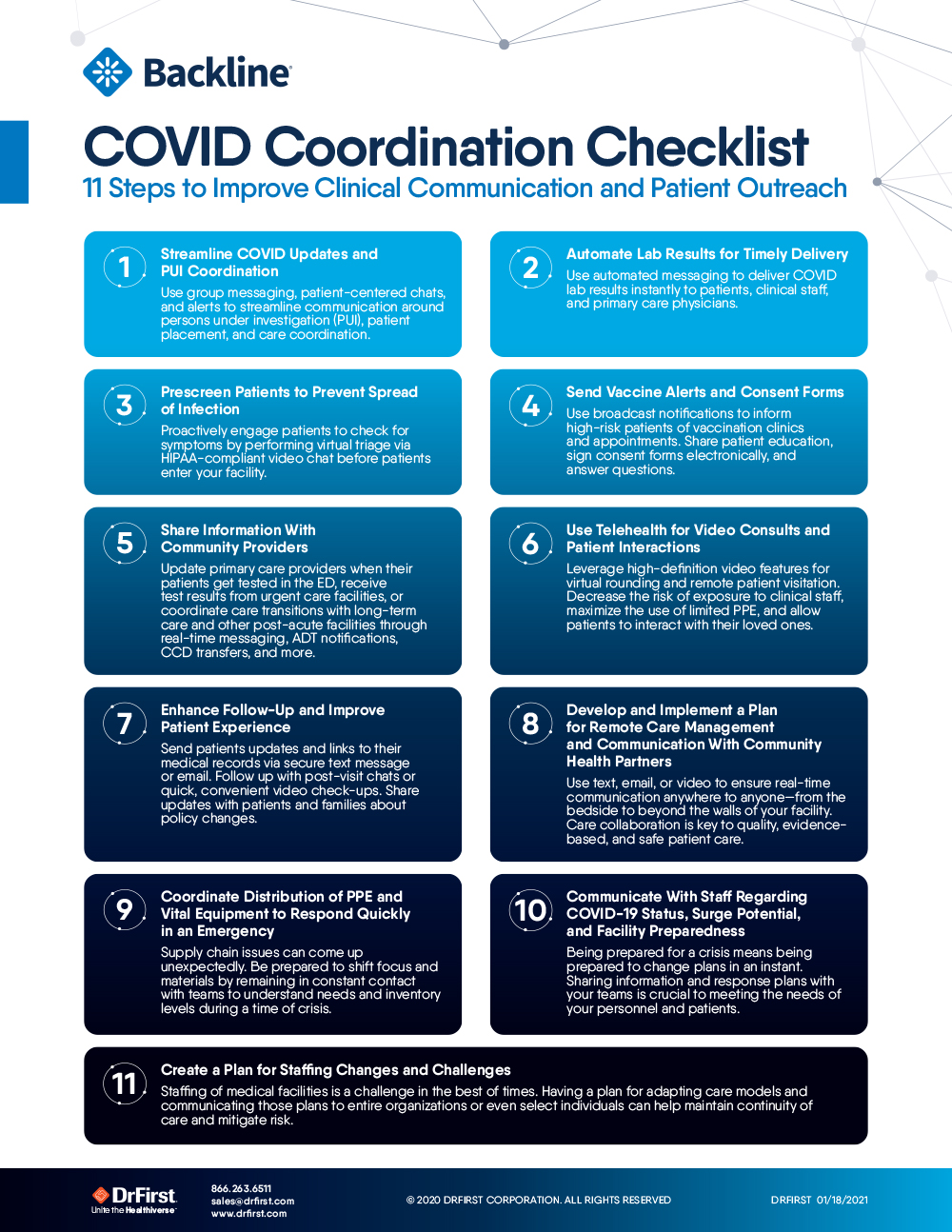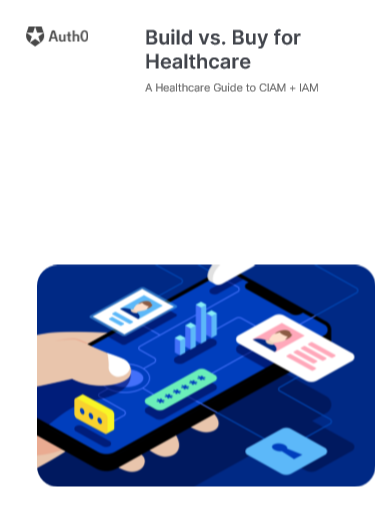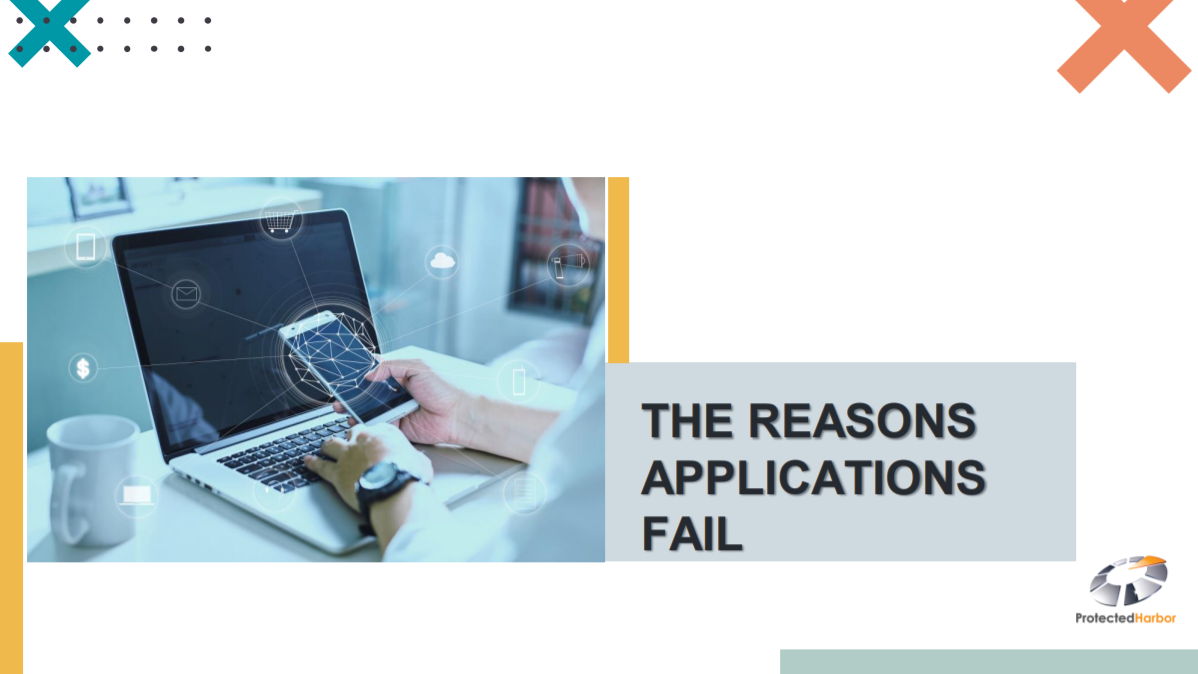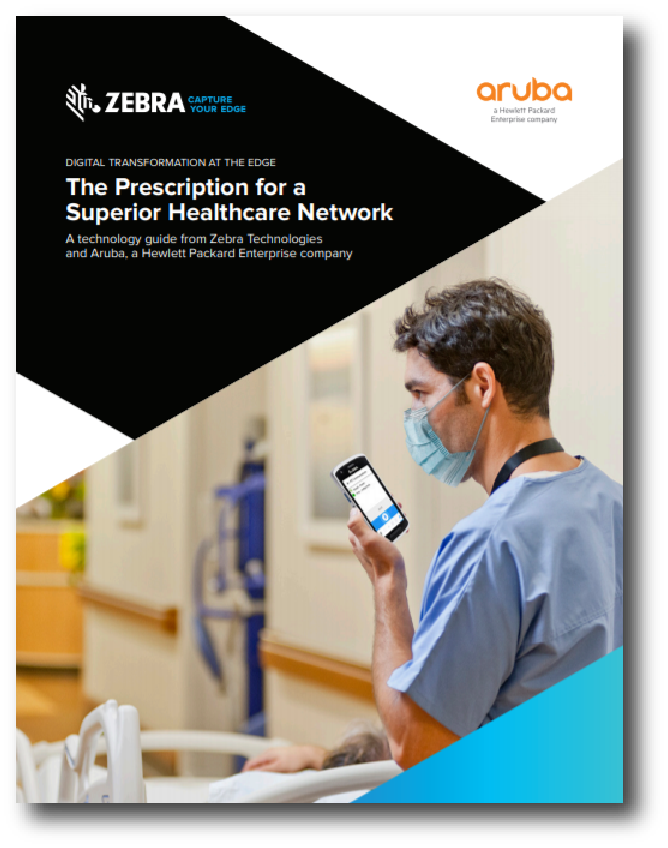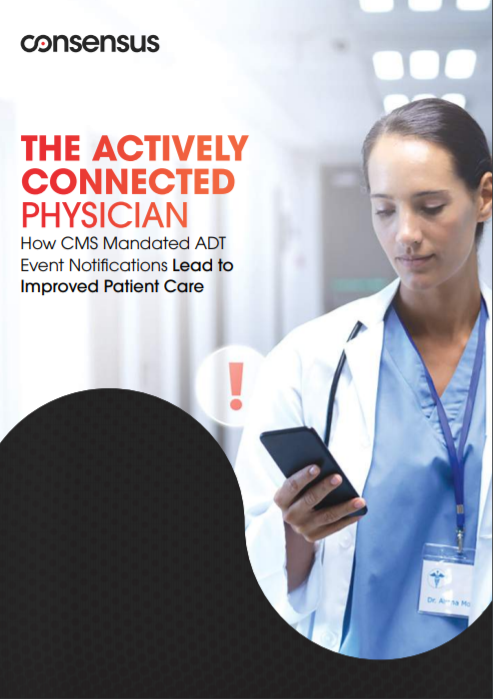Interoperability
Learn best practices to help your organization streamline communication related to COVID protocols. Find out how to simplify the distribution of alerts, clinical documents, and care team updates to boost efficiency and reduce common delays.
SPONSORED
In this fireside chat, you will meet Tandem Health’s Sean Polk as he shares the challenges in Healthcare IT today and his approach when leveraging technology to improve patient care delivery. Learn how Tandem Health has transformed in a critical moment in healthcare through mobile, remote, and other solutions for their staff and patients.
As COVID-19 continues to surge in Los Angeles, LANES is enabling free-flowing data insights – medical, behavioral and socioeconomic ─ to close information gaps and improve clinical decision support for better outcomes.
SPONSORED
In this session, the panelists will describe how data flows across multiple facilities, software systems and devices, while ensuring their organizations can continue to grow and scale a connected health business. They’ll review interoperability challenges faced with integrating multiple EHR systems as well as after moving to a single EHR system. Fundamental considerations such as access, scalability and performance, as well as the challenges of system migration will also be discussed.
As the healthcare industry moves toward patient-centric models of care, organizations need to find ways to provide their patients with secure, frictionless digital experiences — all while protecting sensitive medical data. Discover how the right customer identity and access management solution can support health systems in providing the best possible care.
COVID-19 has accelerated consumer trends in healthcare, and led to the widespread adoption of patient-centric models. Like many others, BioReference Laboratories got to work planning for a new B2C model, and recognizing the critical role of a powerful and secure Identity and Access Management (IAM) platform to ensuring a smooth transition during peak demand. Learn how deploying a scalable, cloud-based solution can help any health organization avoid the risks that come with user authentication and authorization.
CMS progress on healthcare interoperability
In our modern world of Tele-Medicine, the availability of applications is more critical than ever. Healthcare workers and patients are accessing applications 24/7. Bringing the application down for even an hour would cause a great impact in the organization. Adding the fact that most healthcare companies are growing, which adds a great burden to these already exhausted applications. EMR and other key company applications should be available virtually 100% of the time.
SPONSORED
Technology is moving out of centralized data centers and closer to the point of care – that’s why choosing the right wired/wireless network infrastructure and edge devices is essential in helping healthcare organizations enhance communications, gain efficiencies, and deliver higher-quality patient care.
SPONSORED
The Actively Connected Physician: How CMS Mandated ADT Event Notifications Lead to Improved Patient…
There is a critical need for improved and timely communication between hospitals, physicians, and patients, using an acceptable and accessible method for everyone involved. Hospitals and health systems stand to benefit from a standards-based alerting solution, enabling seamless care team collaboration.
